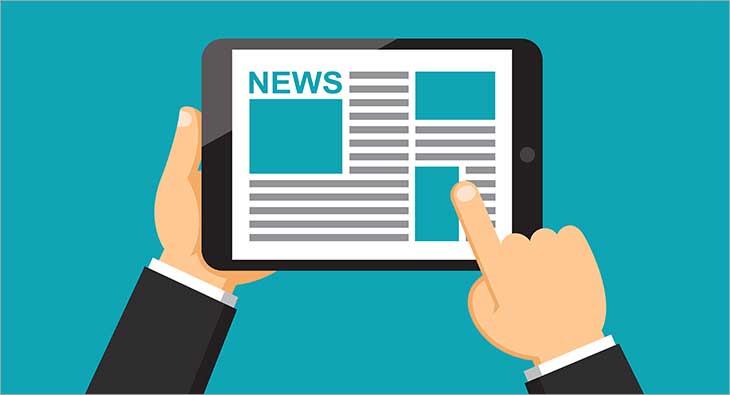Facts About Popular News Revealed
Table of ContentsPopular News - The FactsThe Main Principles Of Popular News The 7-Second Trick For Popular NewsFascination About Popular News
Age is also an element in the way people watch the role of social media sites. Younger social media information customers are extra most likely to state it has affected their discovering right. About fifty percent of social media sites information customers ages 18 to 29 (48%) state news on social media sites makes them much better notified, compared to 37% of those 30 to 49, 28% of those 50 to 64, and 27% of those 65 and older.Reporters weigh information worths when establishing whether or not to cover an occasion or announcement. Probably the most important aspect of newsworthiness is whether or not the news item being connected impacts a news electrical outlet's target market.
Proximity is essential. Reporters have an interest in points that impact their communities. Research on a state's new tax code most likely will not create the very same interest across state boundaries. Periodically specialists can help center a bigger nationwide story that impacts greater than just a city or state. In these situations, it is essential to be in search of opportunities where topic professionals can give understanding or where comparable tasks might be happening in your area.
If you are releasing relevant study, loophole in MarComm prior to the post being published to make sure that the pitch can stress the latest aspect of the tale: the magazine of the research study. Events and announcements that involve high-profile figures are more probable to create media protection. Visits from national numbers commonly need months of preparation due to expected neighborhood rate of interest.
The 3-Minute Rule for Popular News
We can help reduce possible reputational risk with these stories while additionally increasing the chances of creating insurance coverage. While many of the above news worths are intertwined, human passion stories typically stand apart.
Human passion elements can add information worth to various other stories that could show up to be lacking in the other values. The novelty or quirk of a circumstance can aid affect whether an information outlet is likely to cover a tale. While this is not an extensive checklist, examining to see if your information item or event has these high qualities before contacting us will assist you identify which aspects hold one of the most information worth.
The research locates that a little over half of all united state grownups register for news in some formand approximately half of those to a newspaper. And in contrast to the concept that youngsters will certainly not spend for information since details on the net is free, nearly 4 in 10 grownups under age 35 are spending for information.
There is additionally significant proof that more consumers might begin to spend for information in the futureif authors can click recognize them and offer them well. Half of those who do not spend for news proactively seek out news and resemble customers in different methods. And almost 2 in 10 of those that do not sign up for information now suggest they are inclined to begin to pay in the future.
The 4-Minute Rule for Popular News

Individuals are attracted to news in basic for 2 factors over others: A desire to be informed citizens (newspaper customers particularly are very motivated by this) and since the publication they sign up for excels Discover More at covering particular subjects about which those subscribers particularly care - Popular News. While there are a host of reasons, the No
Even more than 4 in 10 additionally point out the reality that good friends and family members register for the exact same item. Greater than a 3rd of individuals claim they initially subscribed in feedback to a discount or promo. In print, people also are moved greatly to sign up for the original source obtain vouchers that conserve them money, something that has untapped ramifications in digital.

The Of Popular News
We asked everyone that told us they have a routine totally free resource of news just how likely they would certainly be to pay for it. Even more than a quarter (26 percent) state they would certainly be at the very least somewhat likely to begin spending for itand 10 percent are very or extremely likely. These most likely payers have a tendency to be information hunters, and they additionally have a tendency to be individuals who currently pay for an information subscription in enhancement to the source they follow absolutely free.
Of those that do pay, 54 percent register for newspapers in print or electronically, which represents 29 percent of Americans generally. A lot of them acquire a print magazine together with their paper and pay for two to four information sources in overall, some also much more. And while 53 percent are veteran customers (5+ years), more than a quarter (27 percent) have acquired their paper subscription within the past year.
